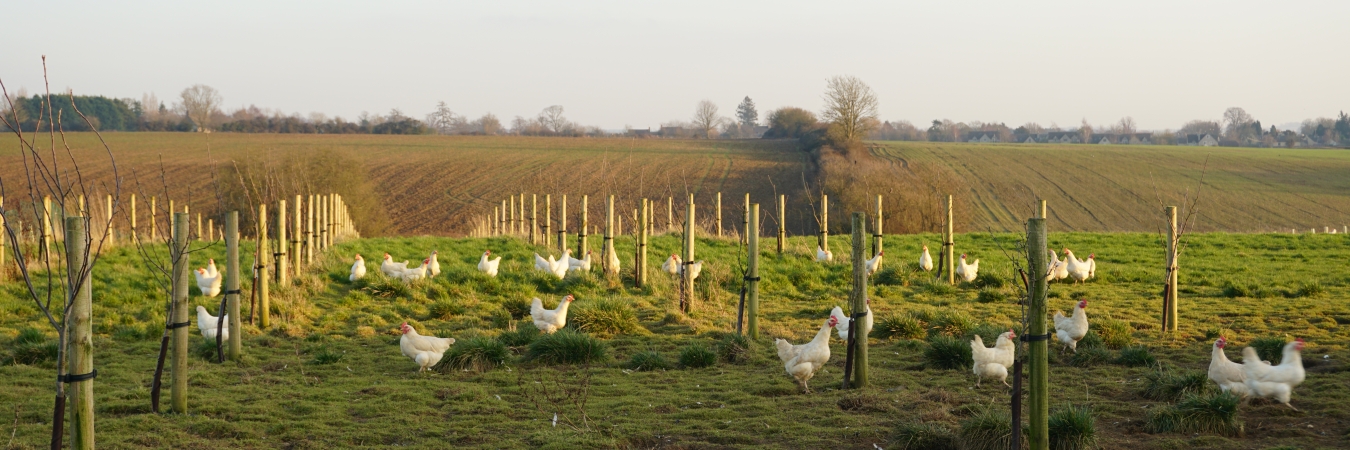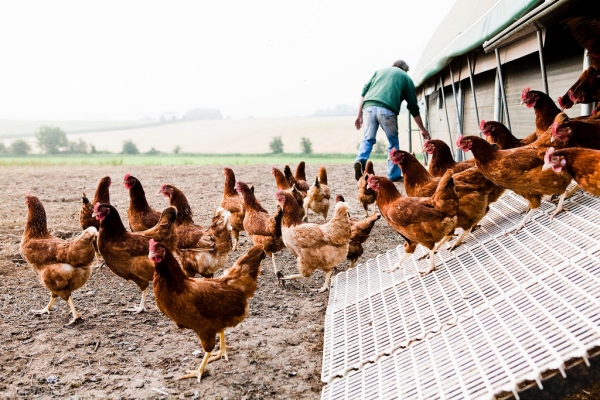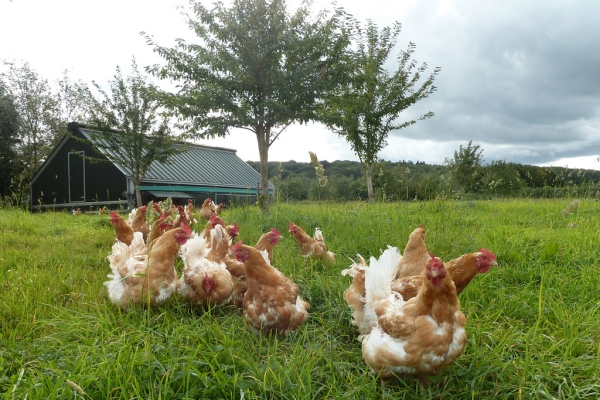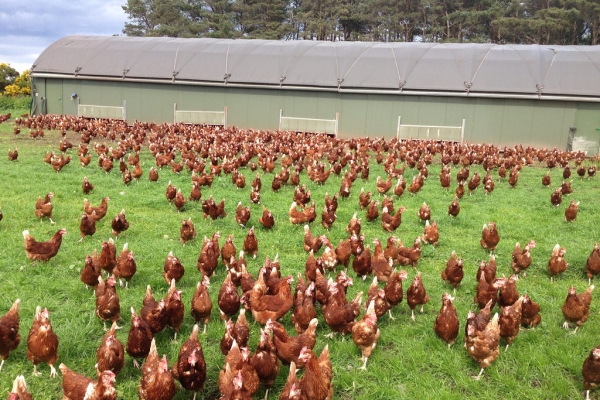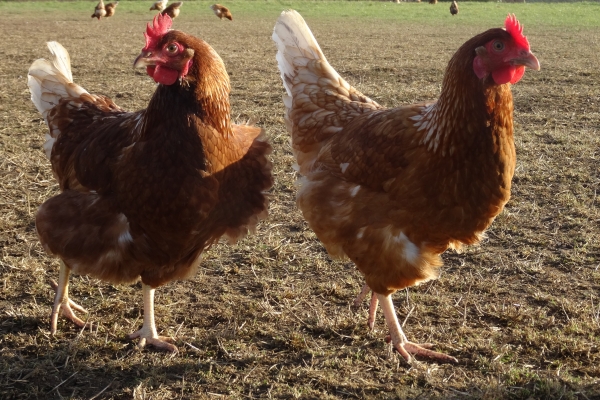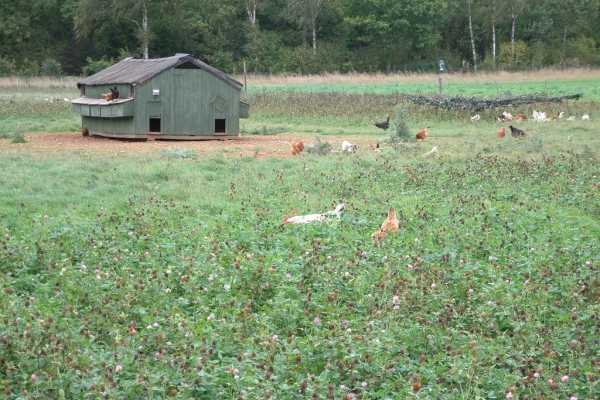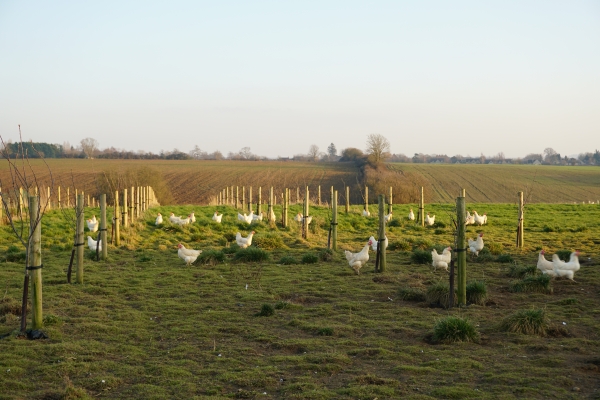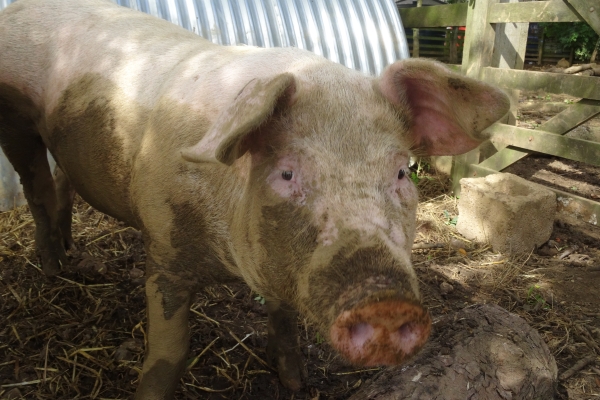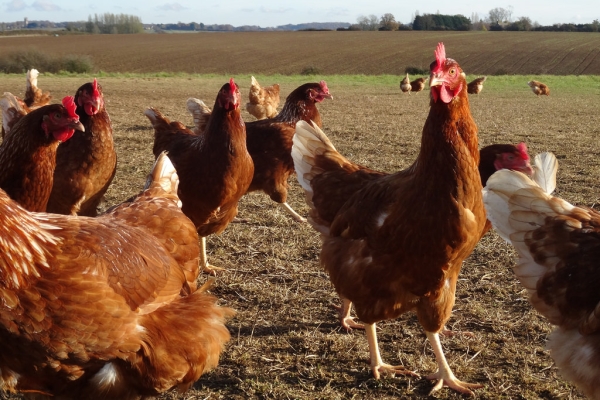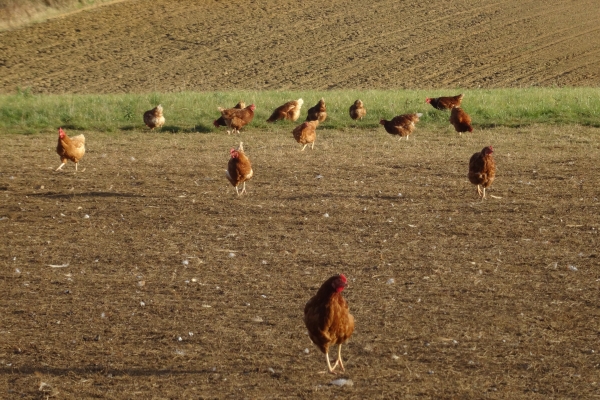Plants and planting designs for organic poultry ranges
Resource explained
This booklet suggests different methods and tools to improve the use of free-range areas on organic layer farms, stating that the aim is to focus on designing areas to improve the welfare of laying hens, increase farmer satisfaction in his/her work, promote a positive image of animal husbandry in organic farming, and meet societal expectations regarding organic farming. It looks at mosaic and modular planting (methods, benefits and plant selection) and pathway systems – with examples of different layouts and plants, describing how to improve the hens’ use of free-range areas as well as promote biodiversity on the farm. It was originally produced as part of the Danish project ‘Better utilisation of resources in organic poultry production’ which was created from ideas and inspiration from the Poultry Committee of the Danish Organic National Association. It was modified and translated into English as part of the Horizon 2020 EU-funded OK-Net Ecofeed project.
Findings & recommendations
- A range with a high diversity of plants can help encourage more birds outdoors and for longer, provide a diversity of food options, and provide better returns for the farmer. At the same time, plants can help to reduce nutrient leaching and better utilise the available nutrients and available space in the range.
- Mosaic planting offers the greatest biodiversity (with a rich and varied insect fauna) and is easiest to plant and manage. The diverse areas are created from the combinations of varying height, light and shade conditions that come from the different canopy cover that arises where species islands meet inbetween the more open areas without bushes and trees. Many farmers can be put off though by the level of weeds and the wild appearance of the range in the first years of establishment.
- Modular planting is relatively easy to apply and it is easy to control weeds because of the row planting. The greatest biodiversity is achieved when larger groups of single species are established, with individual plants of a different species interspersed amongst them. This provides the most versatile structure, offering a variety of light, shade, wind and shelter.
- All of the planting systems will improve the range, though successful establishment will be determined by how long plants are given to create strong root systems and hardened bark before birds are introduced.
- To increase relevance to UK poultry farmers, the UK status of trees and shrubs that are named in plant lists is included in this English translation.
Find out information about OK-Net Ecofeed here.
